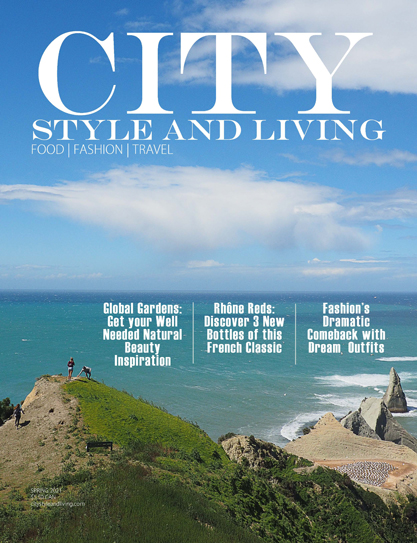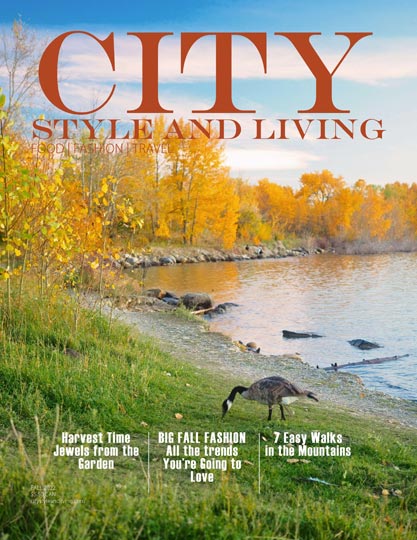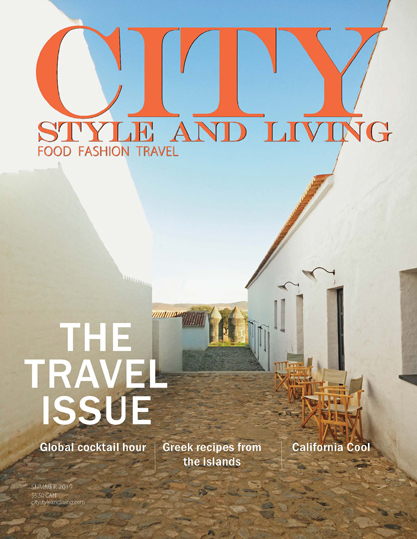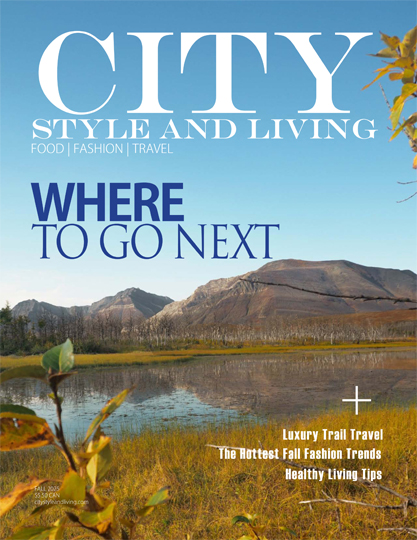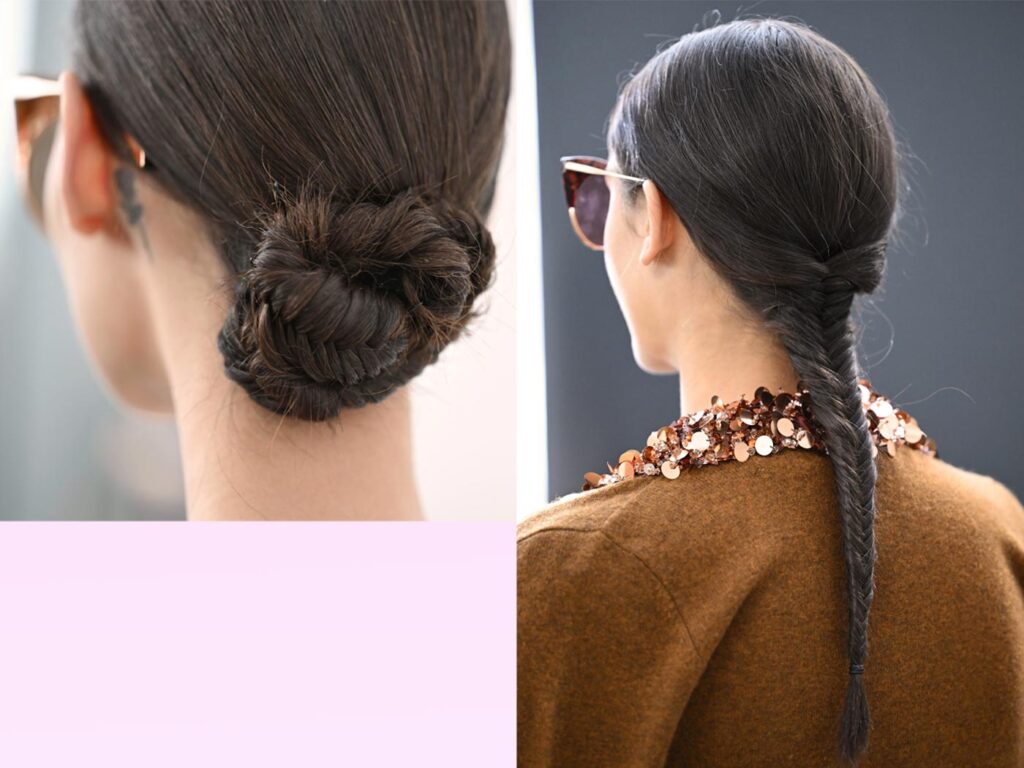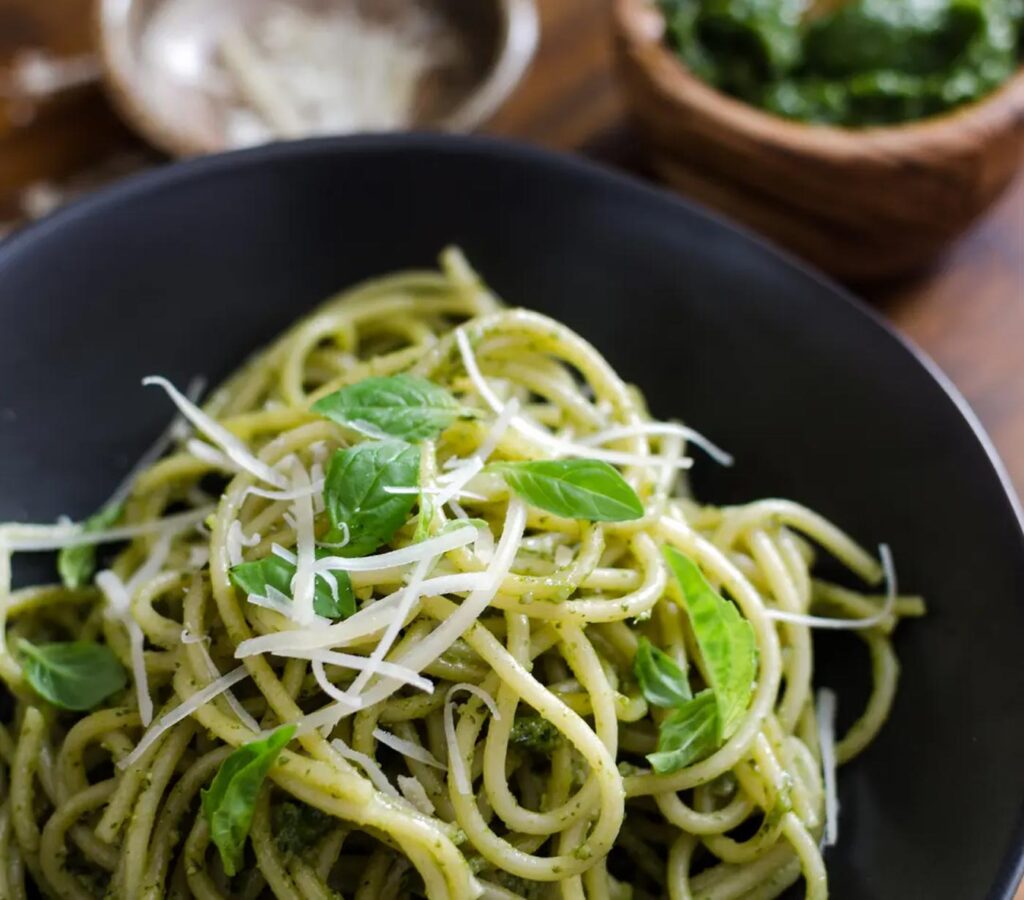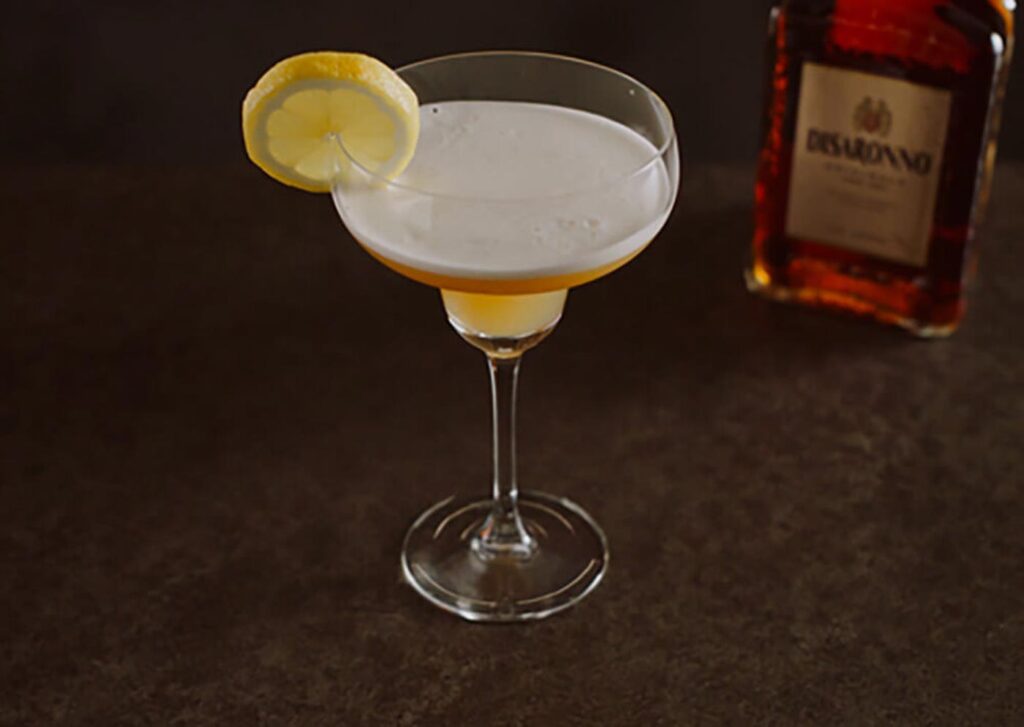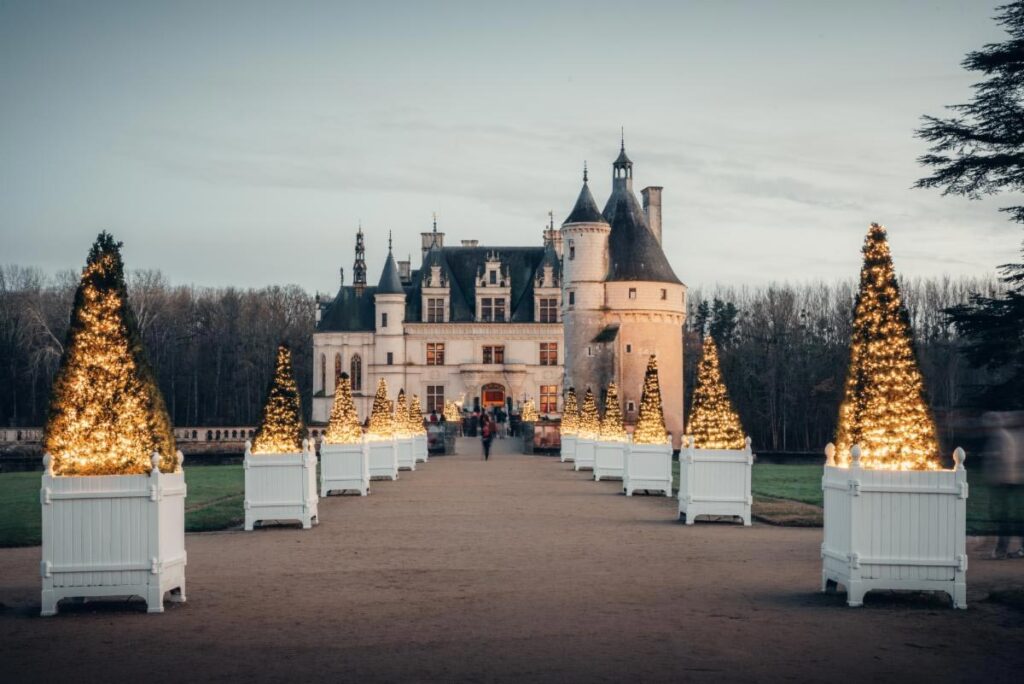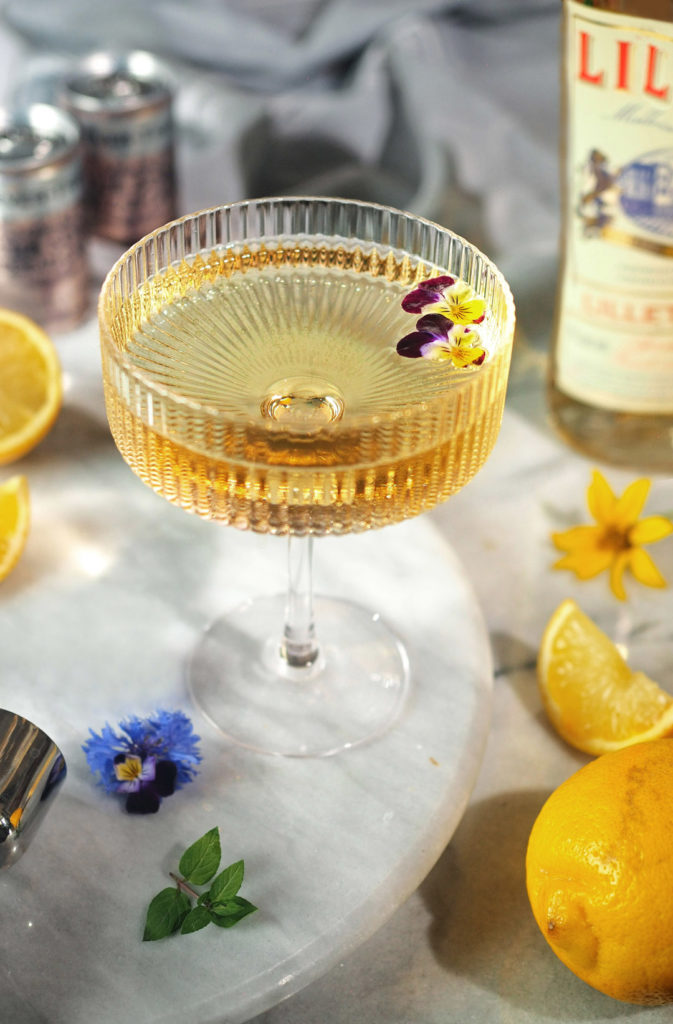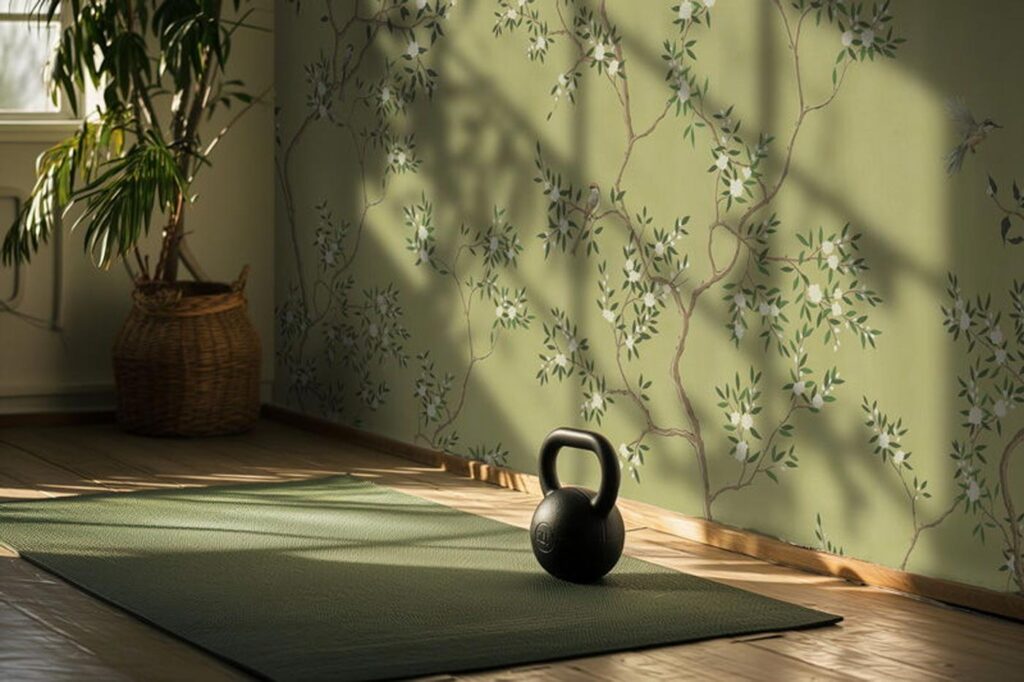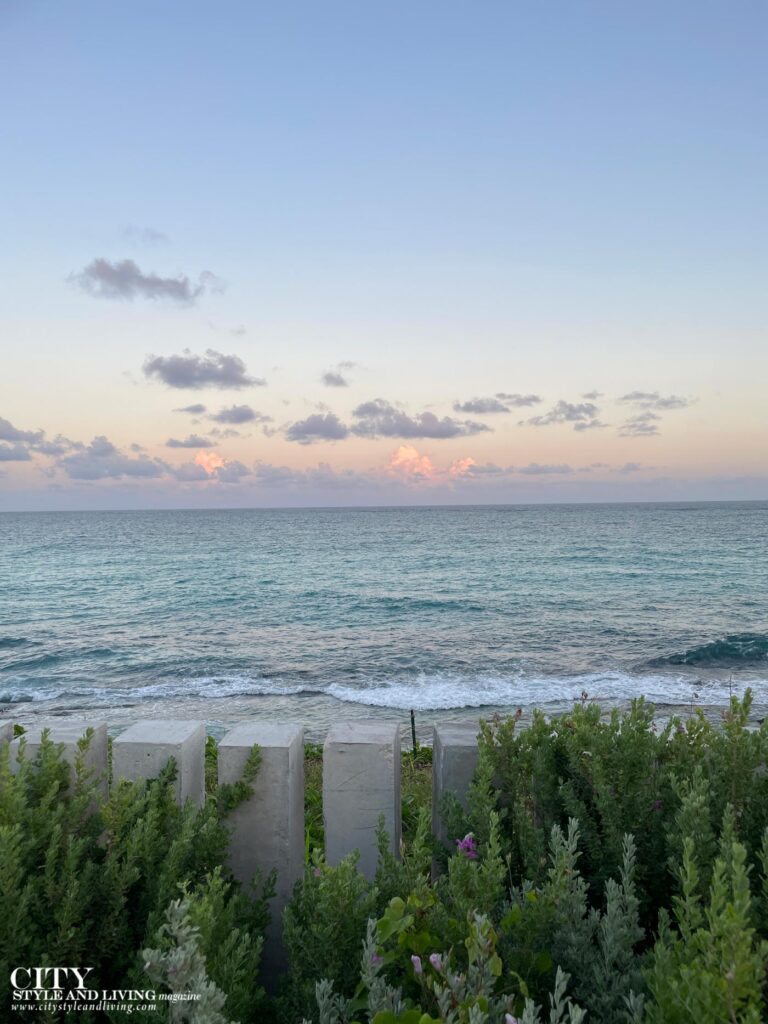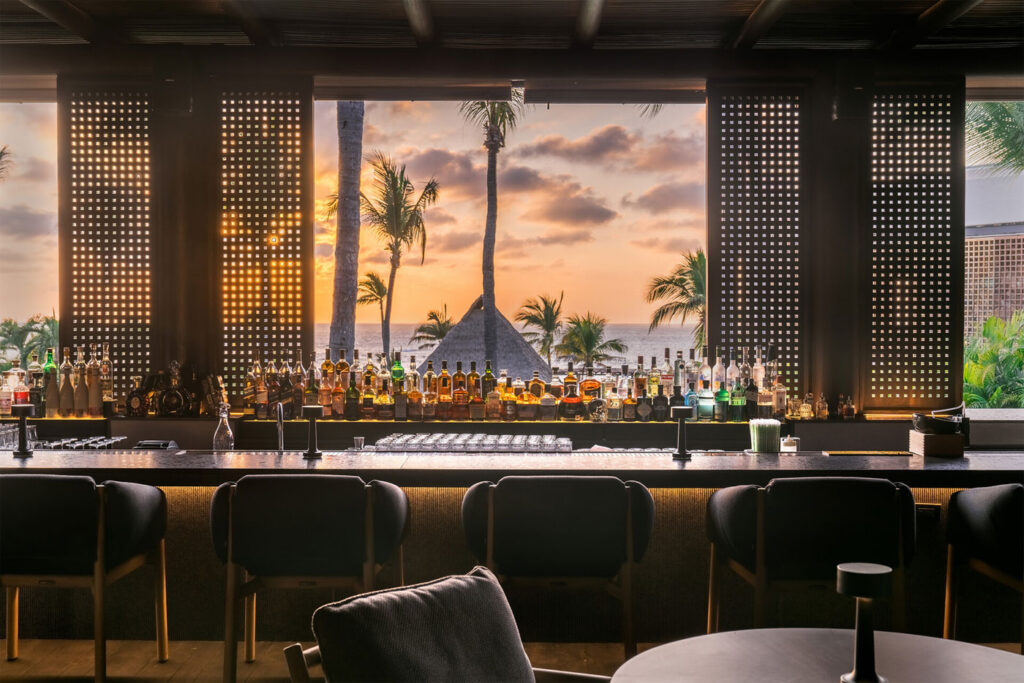
/ Courtesy Four Seasons
After a bold redesign by SASSON Estudio de Arquitectura, Four Seasons Resort Punta Mita, the award-winning oceanfront resort on Mexico’s Riviera Nayarit, has reopened its signature dinner restaurant, Aramara.
With refreshed look and menu, Aramara offers fusion of traditional Asian techniques and innovative flavors inspired by all regions of the continent as well as recent travels of the resort’s Chef Martín Flores.
“The reimagining of Aramara represents a significant milestone in our culinary program, combining time-honored Asian cooking techniques with Mexican Pacific Coast ingredients,” shares John O’Sullivan, Regional Vice President and General Manager at Four Seasons Resort Punta Mita. “By introducing elements like our tableside experiences, expanded sake program, and dedicated tea sommelier, we’re creating a dining destination that elevates the entire Punta Mita region while honoring the traditions that have made Aramara a guest favorite for years.”
CULINARY
Inspired by Chef Martín Flores’ recent culinary training in Asia (during which he studied under Chef Hari Wahhyudin at Zengo Restaurant in Doha Qatar as well as a multi-week stage at Four Seasons Bangkok learning new wok technique and traditional Cantonese style cooking), the menu at Aramara incorporates the Chef’s
recent time spent roaming Asian markets, searching for new ingredients and spices. Guests can indulge in an array of signature experiences, including tableside presentations and a chef’s tasting menu at the new sushi counter featuring the day’s fresh catch. The extensive menu also offers a wide range of dishes and preparations, including Ishiyaki hot stone; the new Binchotan robata grill selection with assorted meats and vegetables; cold dishes like Yellowfin Tuna Tataki and Cucumber Salad; hot dishes including Hong Shao Rou Braised Pork Belly Bao and Shrimp & Pork Belly Dumplings; wok creations such as XO Lobster Fried Rice and Pork Belly & Scallop Udon; assorted sushi including makimono, nigiri, and sashimi. Some of the dishes marry Asian influences with Mexican ingredients and locally sourced flavors and meats. There’s also the beloved Aramara signature dishes, including the 16 oz. Five-Spiced Half Duck and the Dengakuman Catch of the Day in a miso-glaze.
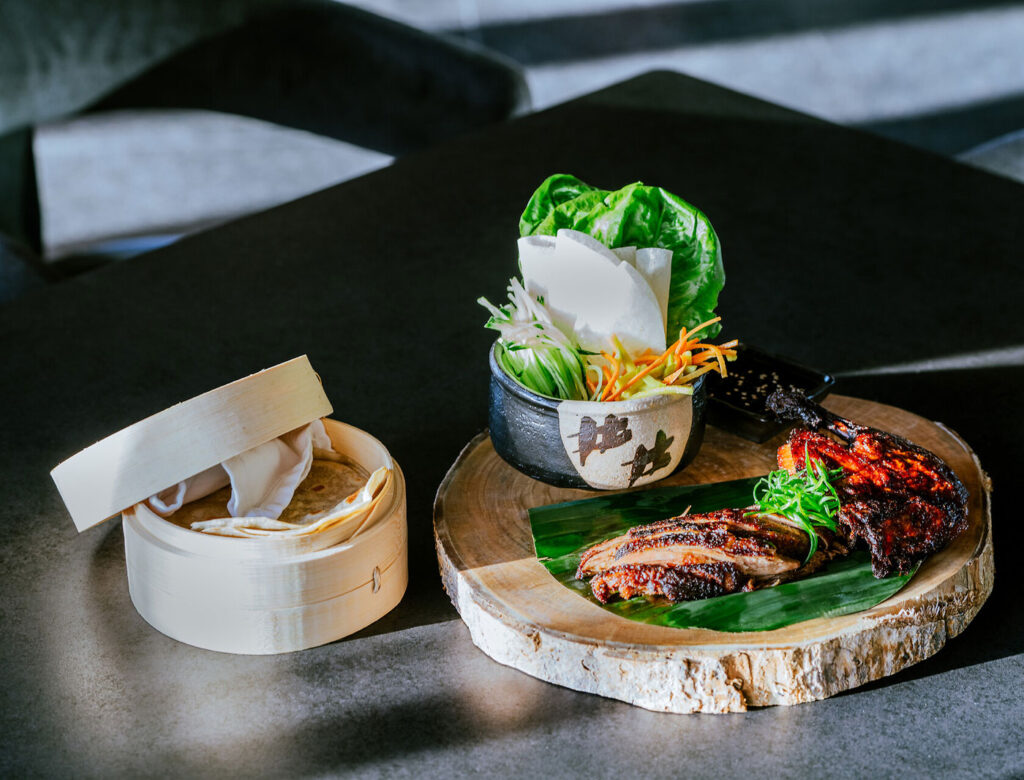
BEVERAGE
The re-imagined bar program offers an extensive and diverse selection to complement its innovative culinary offerings and now boasts the region’s most comprehensive sake list, featuring more than 30 new labels sourced from both Mexico and Japan, making it a premier destination for sake enthusiasts. The cocktail menu features bold, unique creations using exotic ingredients like lychee, soju, matcha, and dragon fruit, blending traditional Asian elements with modern mixology techniques. The bar also offers an exceptional selection of Japanese whiskies, showcasing some of the finest distilleries from across Japan.
In addition, the restaurant debuts a new world-class tea program, guided by an onsite certified tea sommelier, General Manager Jose Alejandro Flores, who can take guests on a guided journey of teas from all over the world, from China to Japan to Sri Lanka, offering a range of brews severed in traditional Japanese cast-iron teapots, meant to immerse guests in the rich culture and heritage of Japanese tea ceremony.
DESIGN
Inspired by the harmony of tradition and modernity of Asian cultures, the redesign by SASSON Estudio de Arquitectura incorporates the influence of Japanese minimalism, blending traditional and contemporary elements to reflect the beauty, tranquility, and sophistication of the culture.
Natural materials such as local Parota wood, Caledonia granite, and Japanese Hanami ceramic tiles were incorporated with neutral color tones of black, grey, and beige, with accents of burgundy red, gold, and green from surrounding gardens.
ART
This celebration of natural materials and craftsmanship extends to the restaurant’s curated art collection. Made of high-temperature ceramic, a “Genesis” wall sculpture by Mexican artist Abel Zavala adorns the dining room, across from “Flowers and Grasses” by Japanese artist Kitagawa Sōsetsu, an original work from the 1600s painted on a set of folding screens; while the other side features “The Four Seasons” by Japanese artist Kano Tan’yū, also from the Edo period, created for another folding screen. Harmonizing functionality and aesthetics, SASSON Estudio de Arquitectura crafted a dinner ambiance that resonates with the subtlety and sophistication of Japanese culinary art.
Aramara is open nightly from 5:30 – 10:30 p.m.
READ the WINTER 2024/2025 issue of City Style and Living Magazine.
Get More Inspiration
from City Style and Living
